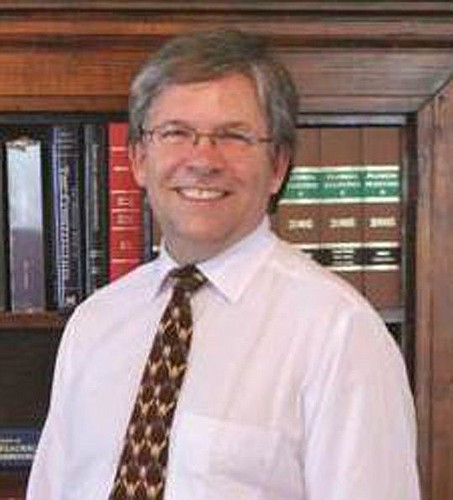
Older Americans control a large amount of the wealth and have a continued interest in protecting that wealth from loss.
Older Americans also want to stretch their assets as long as possible in order to avoid running out of money well before they die.
As Americans age, many look for ways to preserve, maintain or transfer their assets. Whether the assets are many or few, there are steps that can be taken to further secure and maintain a distinct lifestyle.
Reasons for preserving assets
Provide assets and income for a surviving spouse: Though tragic, when a spouse dies, income is usually reduced through loss of Social Security benefits or reduction of retirement pension. This can be hard for the surviving spouse having to learn to live on less and prepare for following years.
Protect assets and income from deterioration or loss of property: Unexpected property loss may result in a drain on available cash assets. Lack of regular maintenance or damage may result in expensive repairs. There are estate preservation strategies that strive to recognize these losses and to provide potential solutions to avoid these losses with adequate insurance coverage. Additional help may be sought through grants, tax credits and other programs that provide maintenance or savings on utility bills.
Maintain assets to pay for medical care and end-of-life: Paying for Medicare supplemental policies, medical co-pays and the cost of prescription drugs not covered by insurance can reduce available assets. Costs associated with dying can drain the estate. Strategies are designed to identify these costs and how to deal with them while assets are still in place to provide protection.
Maintain assets to pay for long-term care: The need for long-term care often occurs at the end of life. Unfortunately, this is the time when assets are already stretched thin. The cost of home care, or assisted living or nursing home care can be very expensive. Assets that have taken a lifetime to accumulate can be wiped out in a matter of months. Strategies are designed to take advantage of government programs to cut down on the burn rate of assets when the need for care occurs.
Compensate children or grandchildren for their sacrifice: It is very common for children or grandchildren to put their lives on hold and to sacrifice their time and their income to care for loved ones in their final years of life. It is only fitting that any assets remaining should go toward helping family members get back on their feet after their sacrifice of months or years of providing care.
Provide an inheritance for children or grandchildren: Many seniors have worked hard their whole lives to accumulate cash savings, investments and a fully owned personal residence. They prefer to have their children have the money. Many aging seniors will actually forego medical care or long-term care or maintenance on their property to leave more money to their children.
Transferring assets for tax planning or to qualify for government programs: Many elderly look to the government to help them pay for home care, assisted living or nursing home care. At least two government programs may be able to help pay for this care but both prevent participation for seniors who have too much in assets.
These programs are the Department of Veterans Affairs Pension Benefit (more commonly known as the Aid and Attendance Benefit) and Medicaid long-term care. In order to qualify, participants must have little or no money in cash equivalent assets. Some individuals transfer the assets out of their name and control of persons eligible for these programs and thus, allow participation in the programs.
There also are a number of government programs that help rich and poor without consideration of assets. Medicare, for example, is funded through premiums by participants and directly through the federal general fund from taxpayer dollars. In general, all people 65 years and older who have been legal residents of the United States for at least five years are eligible for Medicare.
Another area where there is no discrimination between those having assets and those without is tax planning.
Some individuals use strategies such as taking advantage of the deductions available to senior households, including deductions for expensive health care, taking advantage of tax deferral on gains from the homestead and the like.
Estate planning and end-of-life issues
A key deficiency in the process of preserving or transferring assets occurs when seniors fail to provide for orderly distribution of assets at death or fail to let their family know what to do when the senior can no longer handle his or her own affairs.
Estate planning from a qualified estate and elder law planning attorney who specializes in the design and creation of documents to provide the orderly transfer of assets and property include wills, trusts, living wills, powers of attorney and special medical directives. Estate and elder law planning attorneys need to become more involved in the planning process by helping in the creation of the long-term care plan.